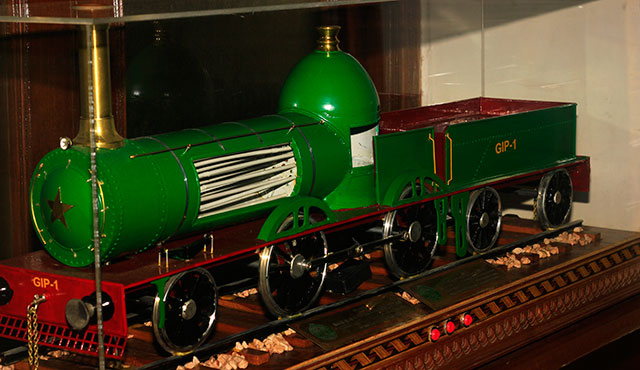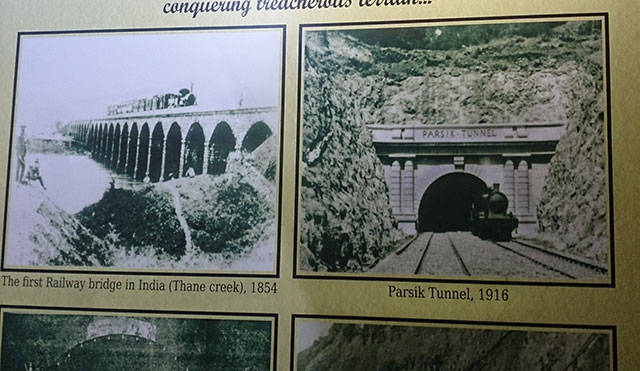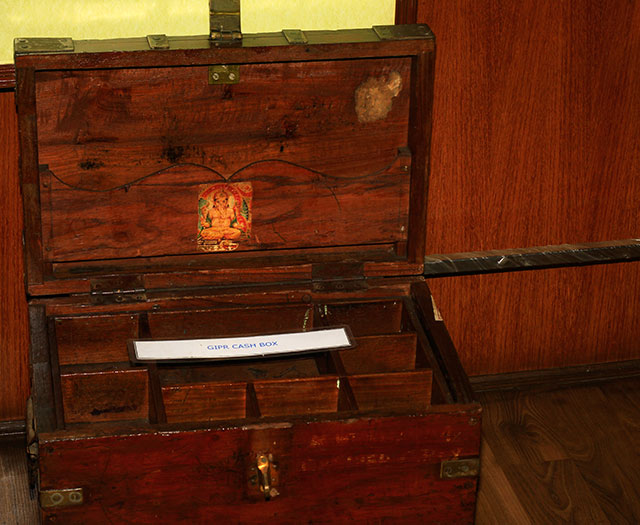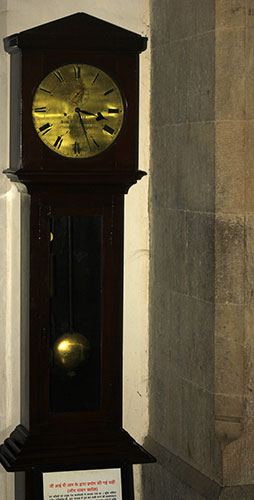
Mumbai CST Heritage Tour is available on Monday to Friday. Tickets cost Rs. 200. Students pay Rs. 100. Tours are not held on Saturdays, Sundays andpublic holidays. The ticket office is at the entrance to Heritage Museum, to the right of the fore court. Please see the picture below. An ID proof will be necessary. There is no online booking. For more information, the contact number is +91 90 04 411438.

Mumbai CST
Mumbai Chhatrapati Shivaji Terminus (CST) is one of the most beautiful railway stations in the world. The architect was F.W. Stevens. Construction began in 1878 and took a decade to complete. It had the offices of Great Indian Peninsula Railway and now is the headquarters of Central Railway. CST has 18 platforms of which 7 are for local trains on the west side of the station and 11 are for long distance trains. The building has been declared a World Heritage Site by UNESCO in July 2004.
On 26 November 2008, two terrorists entered the passenger hall of CST. They opened fire and threw grenades at people. The attackers tragically killed 58 persons and injured 104 others,

Mumbai CST Heritage Tour
The tour lasts for about 60 minutes. A knowledgeable guide accompanies visitors. The tour begins at the Heritage Gallery on ground floor. The route is as shown above. Photography and the use of flash are permitted. CST is the second most photographed monument in India, next only to Taj Mahal.

I found this replica of a steam locomotive on the corridor outside the museum. Diesel and electric locomotives have replaced steam locomotives. The exception probably is the line between Ghum and Darjeeling stations on Darjeeling Himalayan Railway. I was reminded of the famous song Mere Sapnon Ki Rani Kab Ayegi Tu in the film Aradhana. The song revolves around the heritage train.

Heritage Gallery
Glimpses of the history of Indian Railways can be seen in the museum. A model of the locomotive which was used in 1853 to haul India’s first train from Bori Bunder to Thane is exhibited here.

Among the exhibits is an advertisement by GIP Railway announcing the inauguration of Deccan Queen. Flag-off of the deluxe train was fon 1 June, 1930. She was the first long distance electric-hauled passenger train in India. The Deccan Queen was the first to have a Ladies Only coach, and among the first to feature a dining car.
She now has eleven second class coaches, five AC chair car coaches and a dining car. The dining car has a restaurant-like seating arrangement. The travel ftime rom Mumbai CST to Pune is 3 hours 15 minutes.

During the British Raj, individual firms owned the railway lines. In 1951, Indian Government nationalised all the units, leading to the formation of Indian Railways.

The railway lines had to pass through tough terrains. The first railway bridge in India over Thane creek, 1854. Parsik Tunnel came later, in 1916. The tunnel is between Thane and Mumbra.

A cash box used in GIP Railway can be seen here. It is a wooden box with metal reinforcements. The box is in good condition even after the passage of many years.

A grandfather clock, made by John Walker & Company of London, is on display. This is a pendulum clock which needs manual rewinding every week. The railways installed precision timekeeping devices in India in 1853.

Dining Hall
The dining hall is spacious and air conditioned. The flooring is of ceramic tiles. On one side are wooden bookcases which are full of official-looking files and folders.
The video will give you an overview of the room. The hall has washrooms for use of the visitors.

On leaving the dining hall, we moved on towards the main gateway of the building. At the entrance are ornamental wooden doors.
You can read more about Mumbai CST Heritage Tour in my next post. You will find the link below.
If you liked the post, you could…
Join more than 5,000 fans of UASATISH by liking us on Facebook, or follow us on Twitter and Instagram.
Related posts:
South Mumbai Heritage District – Walking Tour
Mumbai – The Maximum City That Never Sleeps
Mumbai CST -Heritage Tour (Part II)